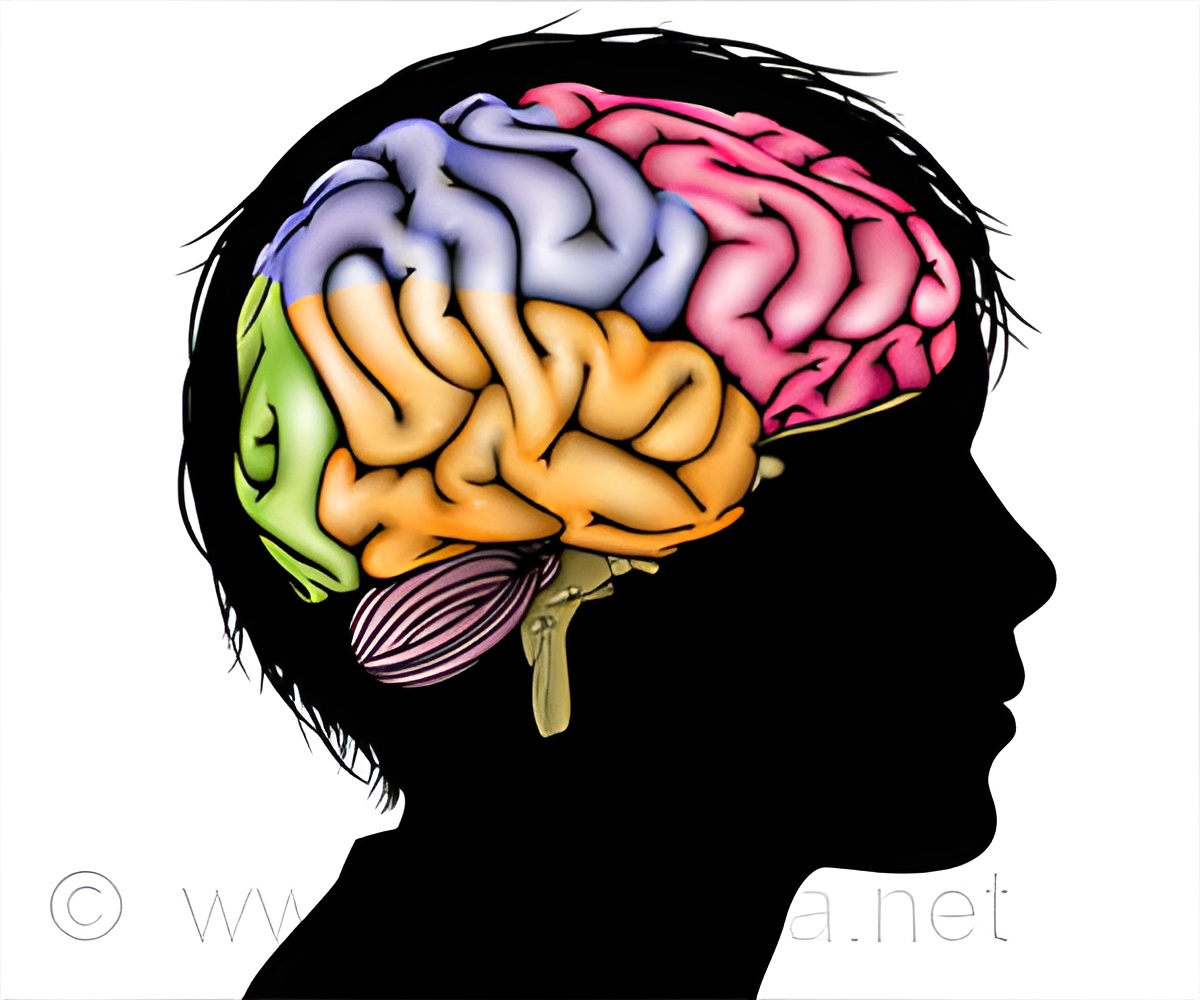
‘When the brain notices an emotional target sound, N2ac activity is triggered after 200 milliseconds. But, when it sees anger, the N2ac intensifies and lasts longer, which is not the case for joy.’
Tweet it Now
Sight and hearing are the two senses that allow human beings to detect threatening situations. "We are interested in how fast our attention responds to the different intonations of the voices around us and how our brain deals with potentially threatening situations," said Nicolas Burra, the researcher from the University of Geneva in Switzerland.
The researchers presented 22 short human voice sounds (600 milliseconds) that were neutral utterances or expressed either anger or joy to a small group of people while an electroencephalogram (EEG) diagnostic test measured electrical activity in the brain down to the millisecond.
The findings revealed that when the brain perceives an emotional target sound, N2ac activity is triggered after 200 milliseconds.
However, when it perceives anger, the N2ac intensifies and lasts longer, which is not the case for joy.
Advertisement
Also, LPCpc activity a cerebral marker of auditory attention -- is also stronger for angry than for happy voices, findings revealed.
Advertisement
Source-IANS













